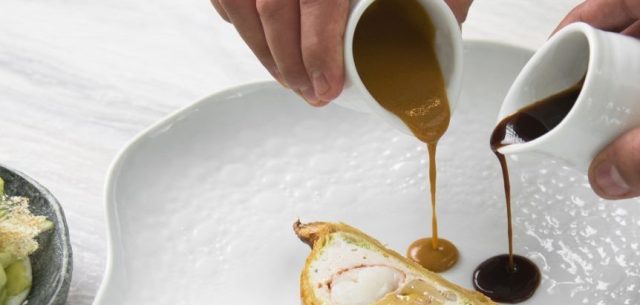Picking and Pickling Olives: The Insider Guide
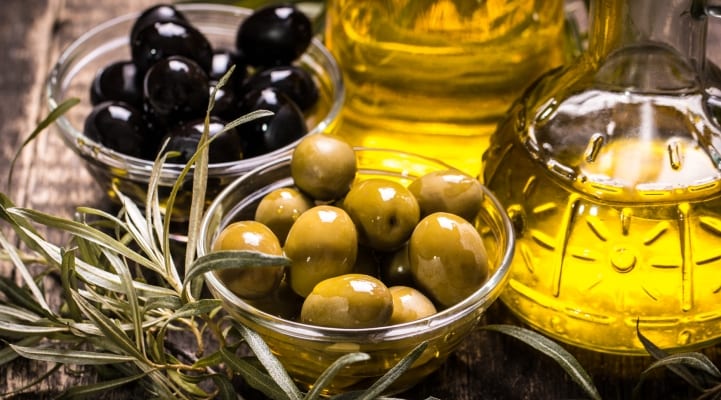
Few fruits occupy as important a role in defining an entire civilization, as the humble olive. Its history is long and illustrious, and the legends surrounding it are rich and splendid. A staple in Greek diet since prehistoric times, olives and olive oil are now celebrated as nutritional superfoods world over. As the olive harvesting season is upon us, here’s a quick guide to the do’s and don’ts of picking and curing olives.
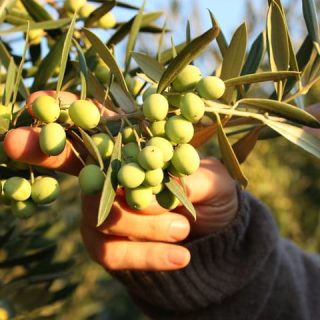 Do’s and Dont’s
Do’s and Dont’s
DO:
wait for the first rain, this is said to make the olives heavier
know what your purpose for the olives are, different ripeness is necessary for oil versus brining
try different kinds! There are many varieties of olives with different flavours, sizes, and colours
DON’T:
forget to cure your green olives before brining
wait after picking to begin working with them, you have at best 3 DAYS to process or begin brining before they go bad
bruise them by letting them fall on the ground, pick by hand if you can!
When is the right time to pick olives? October through December, but preferably after a couple of rains.
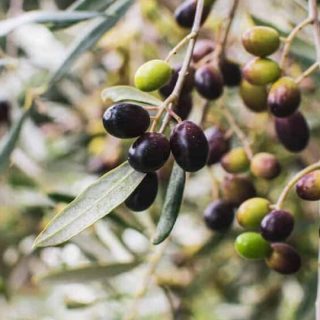 How do you pick olives? Most olives in Greece are still picked by hand, as this protects the fruit from any bruising. More often, however, nets or tarps are laid out on the ground, and sticks or even your garden rake can be used to shake the branches and dislodge the olives onto the nets. From there, the process is quite different for brining versus oil production.
How do you pick olives? Most olives in Greece are still picked by hand, as this protects the fruit from any bruising. More often, however, nets or tarps are laid out on the ground, and sticks or even your garden rake can be used to shake the branches and dislodge the olives onto the nets. From there, the process is quite different for brining versus oil production.
What are the main varieties? Koroneiki (best variety for producing oil) Kalamon (kalamata) Halkidiki (large, often eaten green, best for stuffing), Amfissa
Colour-coding your Olives: Green olives that you eat are cured without being introduced to oxygen, which keeps them from ripening and developing a darker brown colour. Green olives are usually more bitter as they are less ripe so curing is necessary to remove that bitterness, either with water or with salt brine. Light yellow olives are the perfect pick for pressing into oils. Darker olives have deeper and richer flavours like the Kalamata olives
How long does it take for brining?
Brining your own olives is a labour of love, with the whole process taking a few months, but the finished product is worth it, and while it is time-consuming, the process itself is simple and requires minimal ingredients.
Submerge olives in water, replacing the water every day, for about a week and a half. After this, prepare your brining liquid of 1 part salt to 10 parts water, boiling and then letting cool before emptying into an airtight container along with the olives. You can also add whatever flavors you want to this, from lemon to garlic to even oregano. Black olives will need from 6 to 8 weeks, and green will need a bit longer, from 8-10, before they are ready for eating. At this point, you can pick one out and if still bitter, leave for another week before trying again.
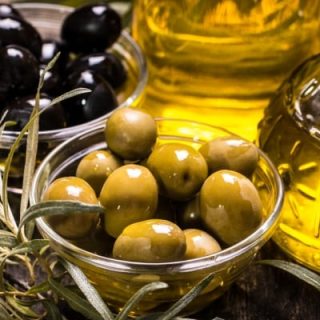
Recipe for cured and marinated Olives
If you have an olive tree, try curing try your own ripe olives at home. Plan ahead to allow at least 3 weeks brining time for the olives, plus 3 days marination time.
For the Marinade:
- 1 1/2 cups white wine vinegar
- 1 tablespoon salt dissolved in 2 cups water
- 1/2 teaspoon dried oregano
- 3 lemon wedges
- 2 cloves garlic
- 1/3 cup olive oil, more as needed
To Cure the Olives
- Gather the ingredients. For this recipe, choose olives that are red to dark red. Slash each olive deeply on one side using a very sharp knife to reduce bruising. Place olives in a large stoneware, earthenware, glass, or porcelain container.
- Make a solution of 4 tablespoons salt dissolved in 1-quart water, and pour enough over the olives to cover.
- Weight the olives with a piece of wood or a plastic bag filled with water so that they are completely submerged. Store in a cool place, changing the solution once a week for three weeks.
- If a scum forms on the surface during that time, disregard it until it is time to change the brine; then rinse the olives with fresh water before covering with brine again. The scum is harmless.
- At the end of three weeks, taste one of the largest olives. If it is slightly bitter and a bit tangy, they are done. Pour off the brine and rinse the olives. If the olives are still too bitter, brine again, soaking for another week; then rinse and marinate.
To Marinate the Olives
- Gather the ingredients.
- Combine white wine vinegar salted water, oregano, lemon wedges, and garlic in a container large enough to hold the olives.
- Add the cured olives and stir to coat in the mixture.
- Add enough olive oil to form a 1/4-inch layer on top of the marinating olives (this will act as a seal and barrier). The olives will be ready to eat after sitting in the marinade for just a few days.
- For long-term storage, leave the olives in the marinade and place in a cool pantry or refrigerate, covered. If kept too long, the lemon and vinegar flavors will dominate so eat these within a month after they are ready.







